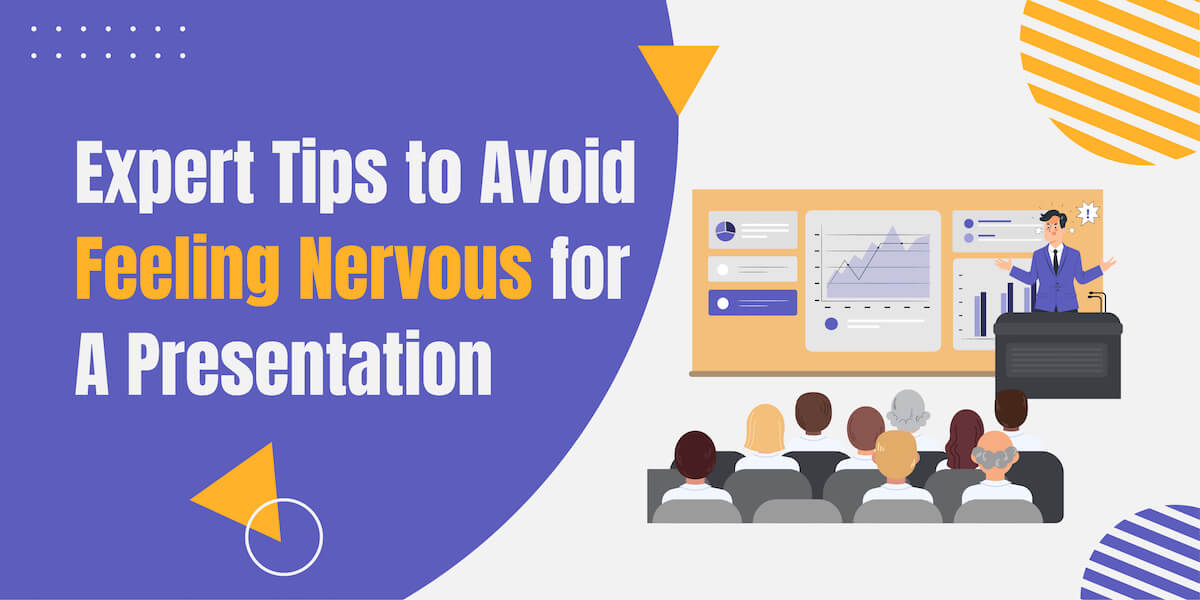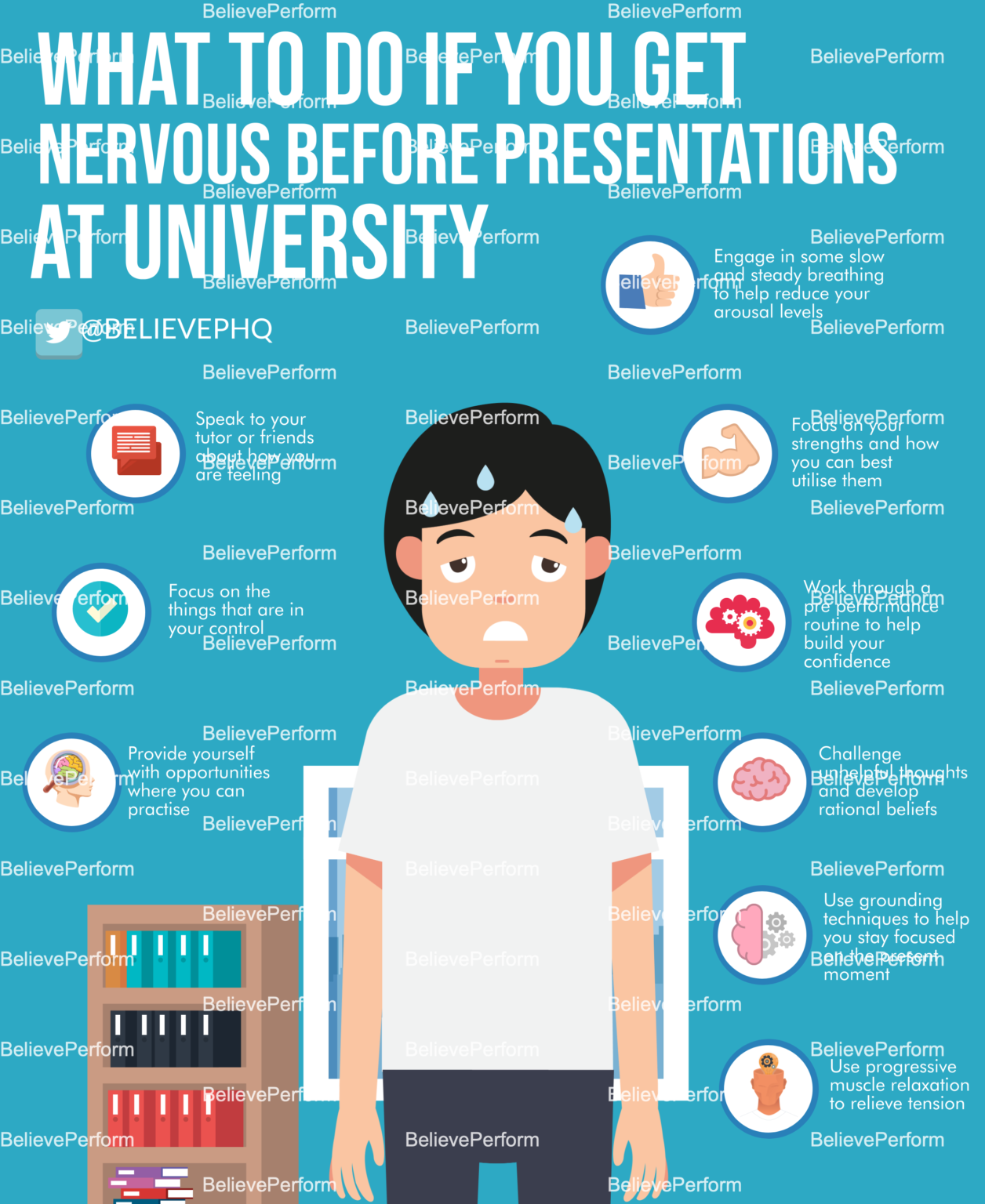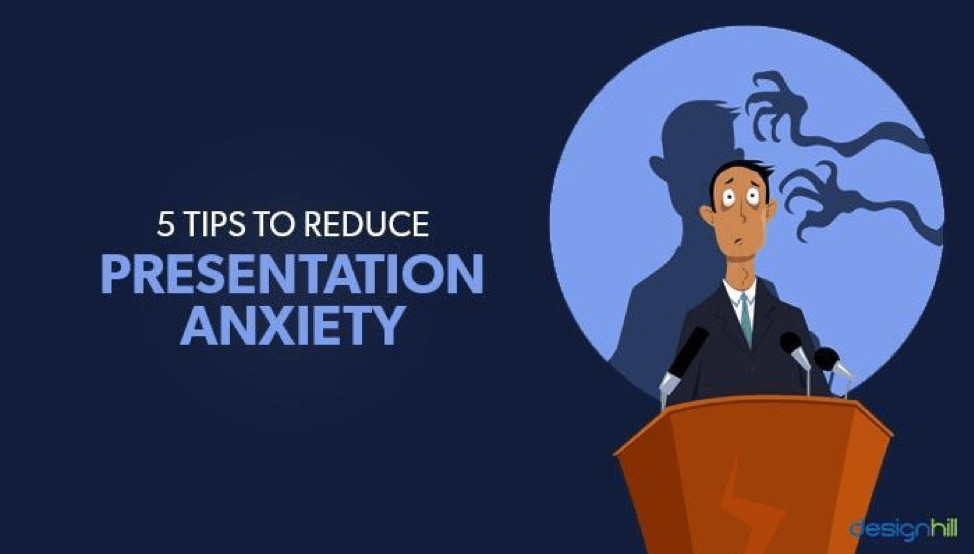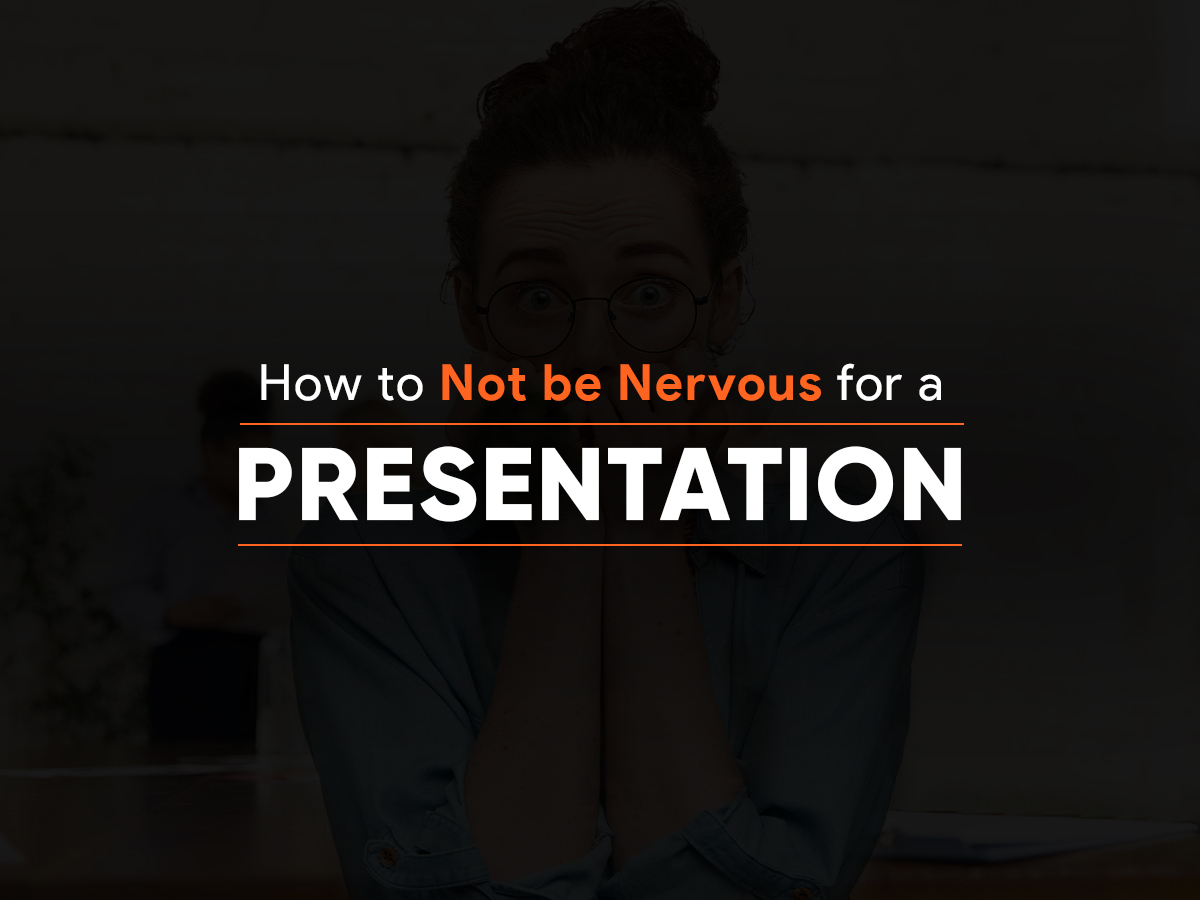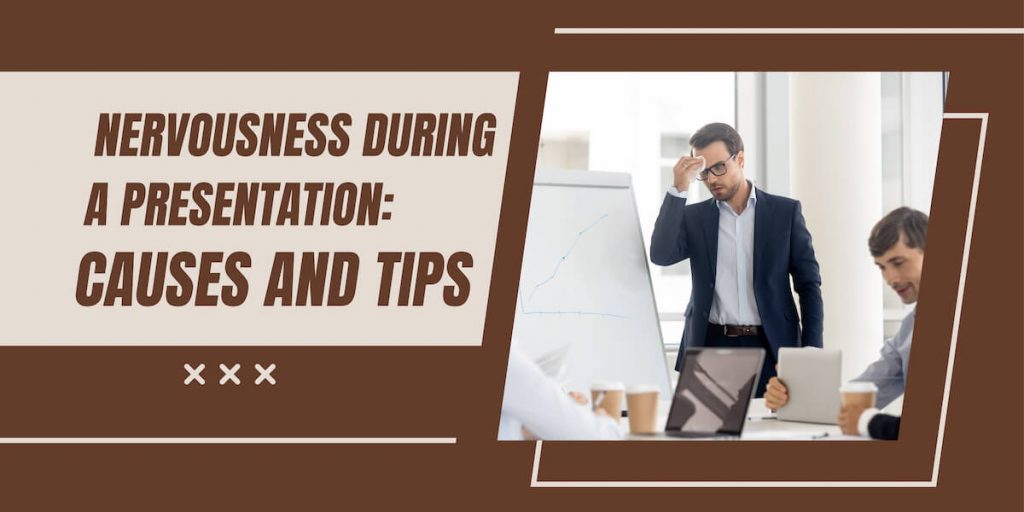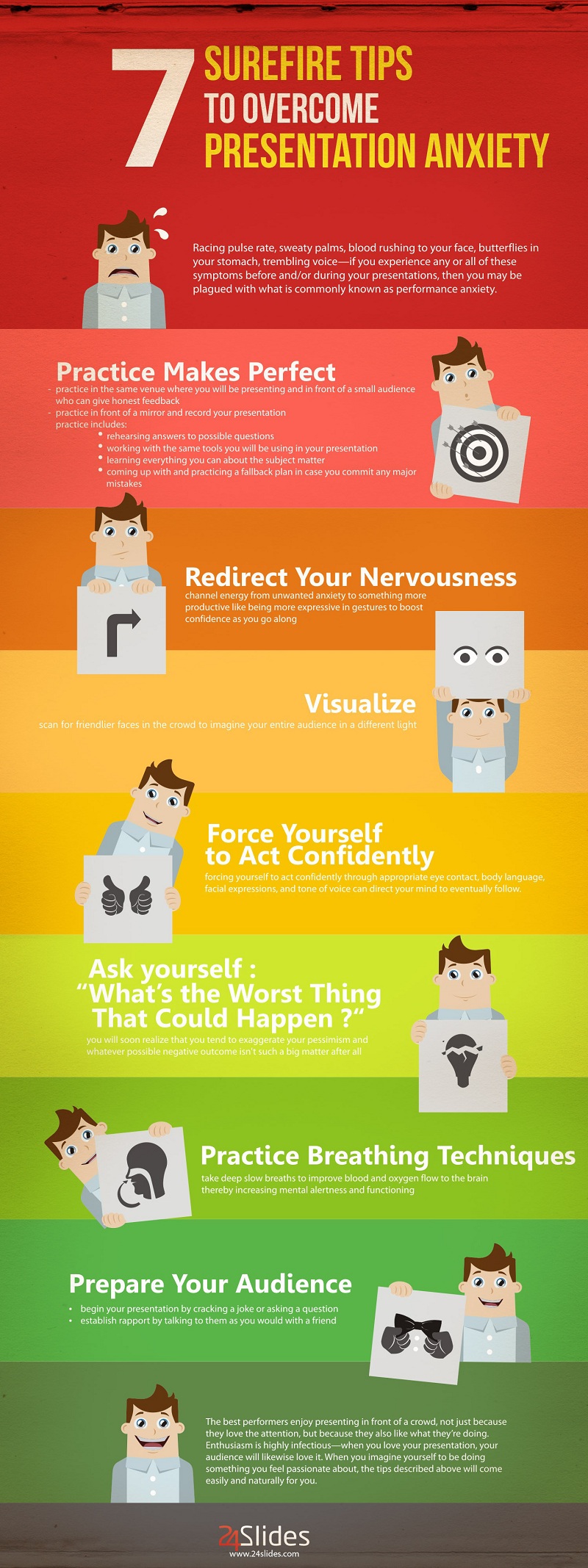How To Eliminate Nervousness When Presenting
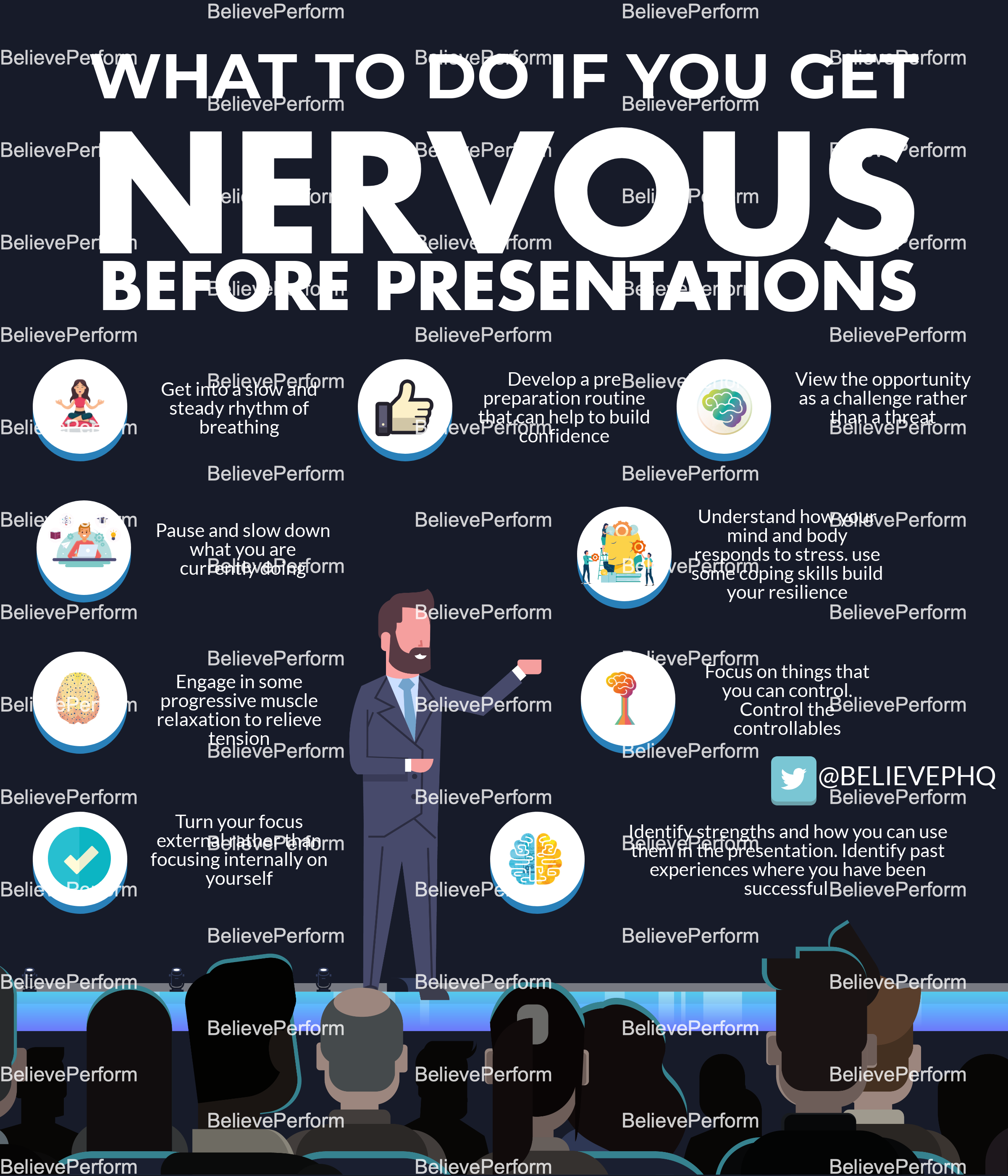
Sweaty palms? Racing heart? Conquer presentation anxiety now! Proven techniques exist to transform crippling nervousness into confident delivery.
This article provides immediately actionable strategies, backed by psychological research, to help you eliminate nervousness and deliver impactful presentations, regardless of your experience level.
Understanding the Enemy: Anxiety's Grip
Nervousness stems from the body's fight-or-flight response. This is triggered by perceived threats, and your brain interprets public speaking as one.
Understanding this physiological response is the first step to controlling it. The American Psychological Association notes that cognitive reappraisal, changing how you think about anxiety, is key.
Preparation is Paramount: Your Shield Against Fear
Thorough preparation is your strongest weapon. Knowing your material inside and out significantly reduces anxiety.
Practice relentlessly, not just mentally, but out loud. Simulate the actual presentation environment to acclimate yourself to the setting.
According to Dr. Olivia Fox Cabane, author of "The Charisma Myth," visualizing success is also powerful. Mentally rehearse delivering a flawless presentation.
Breathing Techniques: Your Instant Calming Tool
Controlled breathing can immediately reduce heart rate and calm your nerves. Deep diaphragmatic breathing is particularly effective.
Inhale slowly for four seconds, hold for two, and exhale slowly for six. Repeat this several times before and during your presentation, if needed.
Harvard Medical School studies show that mindfulness and deep breathing exercises effectively reduce anxiety symptoms.
Positive Self-Talk: Rewire Your Inner Critic
Replace negative thoughts with positive affirmations. Instead of "I'm going to fail," tell yourself, "I am well-prepared and capable."
Challenge any irrational fears. Ask yourself: What's the worst that can happen? Is that really likely?
Mel Robbins, in her book "The 5 Second Rule," emphasizes the power of taking immediate action to interrupt negative thought patterns.
Visualization: See Yourself Succeeding
Before you even begin, spend time visualizing a successful presentation. Imagine yourself speaking clearly, confidently, and connecting with the audience.
Feel the positive emotions associated with success. This mental rehearsal primes your mind and body for a positive outcome.
Sports psychologists have long used visualization techniques to help athletes perform under pressure. The same principles apply to public speaking.
Focus on Your Audience: Shift Your Perspective
Instead of dwelling on your own nervousness, focus on delivering value to your audience. Think about the information they need and how you can best convey it.
Engage with your audience by making eye contact and smiling. This creates a connection and makes you feel more comfortable.
Remember, the audience is generally supportive and wants you to succeed. They are there to learn, not to judge.
Embrace Imperfection: It's Okay to Be Human
Accept that you're not going to be perfect. Everyone makes mistakes. Don't let a minor stumble derail your entire presentation.
If you make a mistake, acknowledge it briefly and move on. The audience is more forgiving than you might think.
Brené Brown, author of "Daring Greatly," emphasizes the importance of embracing vulnerability. Authenticity resonates with audiences.
Physical Techniques: Ground Yourself
Engage in light physical activity before your presentation. A brisk walk or some stretching can help release tension.
Pay attention to your posture. Stand tall and maintain eye contact. This projects confidence, even if you don't feel it.
Hold a pen or clicker. Gives you a physical anchor and prevent fidgeting.
Seek Professional Help: When Needed
If your anxiety is severe and interferes with your daily life, consider seeking professional help. A therapist can provide coping strategies and address underlying issues.
Cognitive Behavioral Therapy (CBT) is an effective treatment for social anxiety disorder. It helps you identify and change negative thought patterns.
Many therapists specialize in helping people overcome public speaking anxiety. Don't hesitate to reach out for support.
Next Steps: Practice and Persistence
Implementing these techniques requires consistent practice. Don't expect to become a confident presenter overnight.
Seek out opportunities to practice your public speaking skills. Join a Toastmasters club or volunteer to give presentations at work.
The more you practice, the more comfortable you will become, and the less anxiety you will experience. Keep practicing and see positive change.




